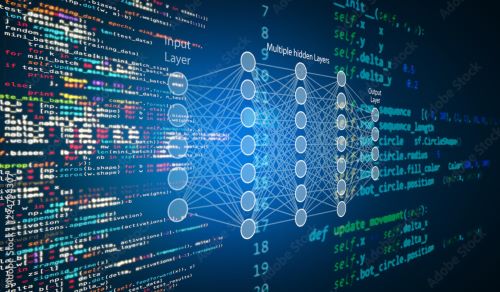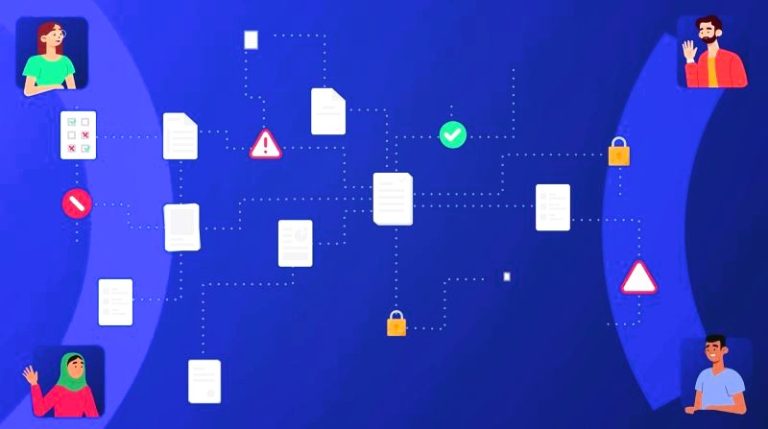

In the ever-evolving landscape of cybersecurity, the role of firewalls has long been held in high regard. These digital sentinels stand guard at the network perimeter, aiming to protect your organization from external threats. However, as the digital world becomes increasingly complex, firewalls are revealing their fatal flaws. Let’s explore the limitations of traditional firewalls and how a Zero Trust framework can address these flaws to provide a more robust defense against modern cyber threats.
The Fatal Flaws of Firewalls
Static Perimeter Defense
Traditional firewalls operate on a static perimeter defense model. They establish a barrier between the internal network and the external world, allowing traffic based on predefined rules. While this approach may have been effective in the past, it often struggles to adapt to today’s dynamic and mobile workforce.
In an era of remote work, cloud services, and the proliferation of mobile devices, the network perimeter has become increasingly porous. Firewalls that rely solely on perimeter defense struggle to protect against threats originating from within the network or devices connecting from various locations.
Blind Trust
One of the critical weaknesses of firewalls is their inherent trust in traffic originating from within the network. Once a connection is established, firewalls often assume that all internal traffic is safe, allowing for lateral movement of threats within the network. Attackers who have breached the perimeter can exploit this blind trust.
Inadequate Protection Against Advanced Threats
Firewalls primarily rely on signature-based detection and predefined rule sets to identify and block threats. While this approach can be effective against known threats, it falls short when facing advanced, zero-day attacks and sophisticated malware that can easily evade detection.
How Zero Trust Can Address These Flaws
The Zero Trust framework represents a paradigm shift in cybersecurity. Instead of blindly trusting traffic once it’s inside the network, Zero Trust advocates for continuous verification of all users and devices, regardless of their location within or outside the network. Here’s how Zero Trust addresses the fatal flaws of traditional firewalls:
Identity-Centric Security
Zero Trust centers its security model around the concept of identity. It verifies the identity of users and devices before granting access to resources, both inside and outside the network. This means that even if a threat manages to breach the perimeter, it won’t have free reign within the network unless it can provide proper authentication.
Micro-Segmentation
Zero Trust encourages organizations to segment their networks into smaller, isolated zones. Each zone has its security policies and access controls, making it more challenging for threats to move laterally within the network. This granular approach ensures that if one area is compromised, the attacker’s access remains limited.
Continuous Monitoring
Zero Trust adopts continuous monitoring of network traffic, user behavior, and device health. This real-time monitoring allows for the detection of suspicious activities and anomalies, even after a user or device has gained access. Immediate action can be taken to mitigate potential threats.
Least Privilege Access
Zero Trust follows the principle of least privilege, ensuring that users and devices have access only to the resources necessary for their specific tasks. This minimizes the attack surface and reduces the potential impact of a breach.
As cyber threats continue to evolve, traditional firewalls are showing their limitations in providing comprehensive protection. The fatal flaws of static perimeter defense, blind trust, and inadequate protection against advanced threats demand a new approach to cybersecurity. The Zero Trust framework offers a solution by emphasizing identity-centric security, micro-segmentation, continuous monitoring, and the principle of least privilege access. Embracing Zero Trust is not just a trend; it’s a strategic shift that can help organizations stay resilient in the face of today’s ever-changing threat landscape.


